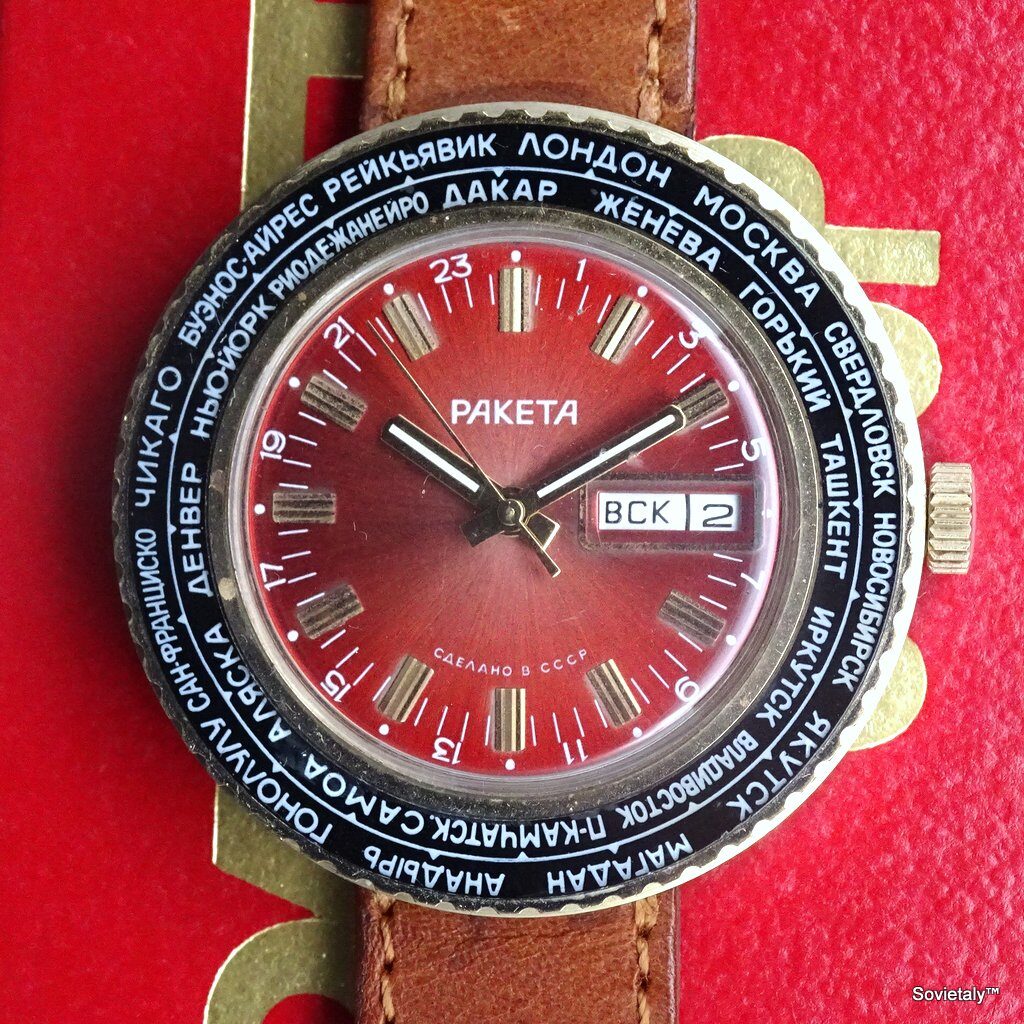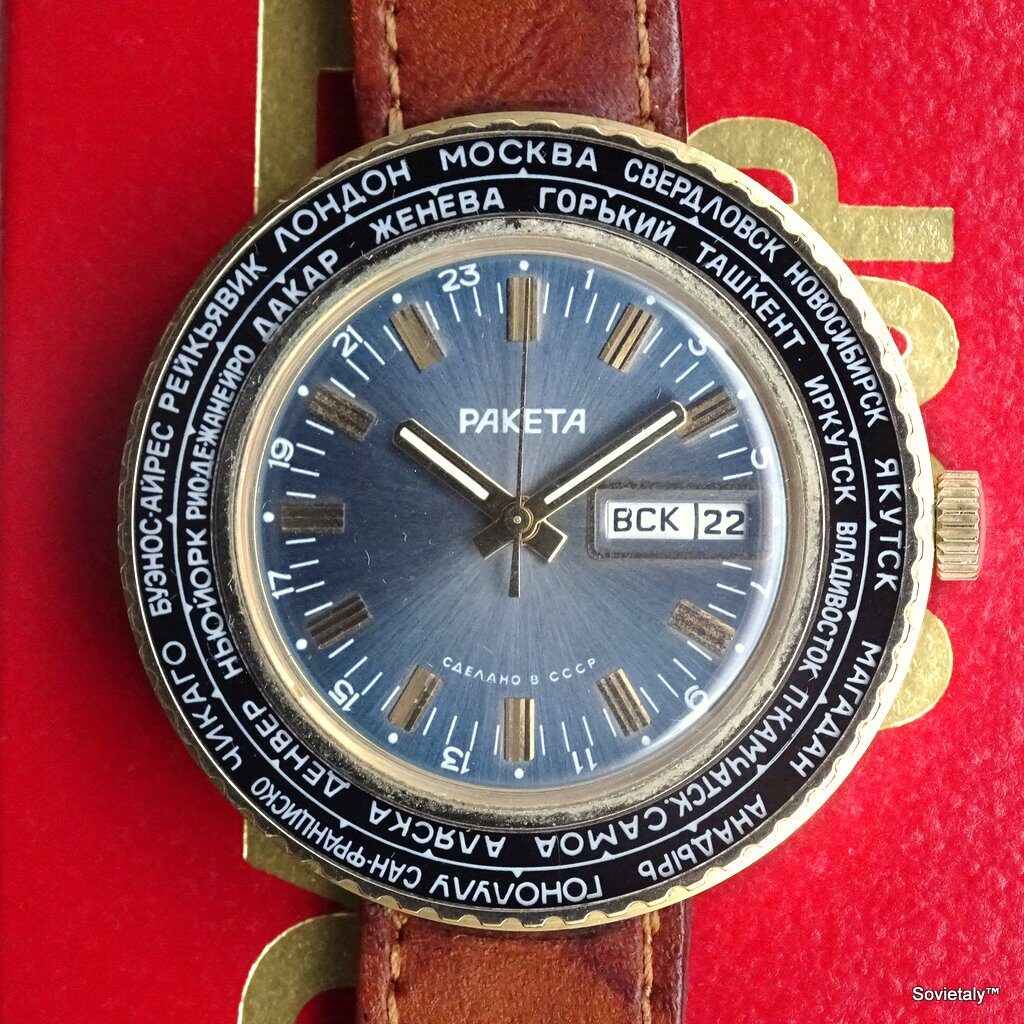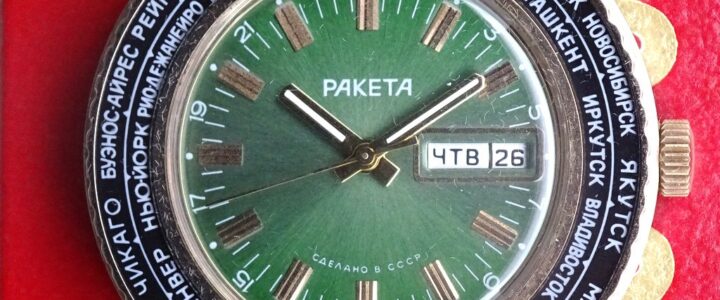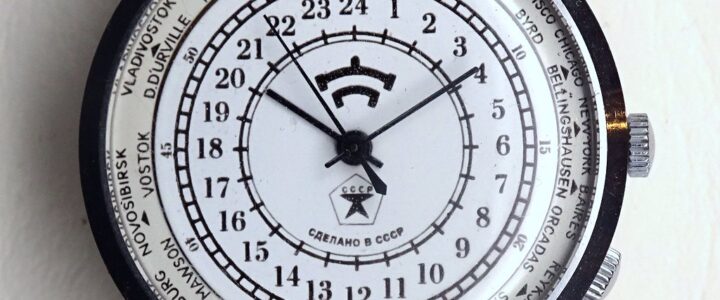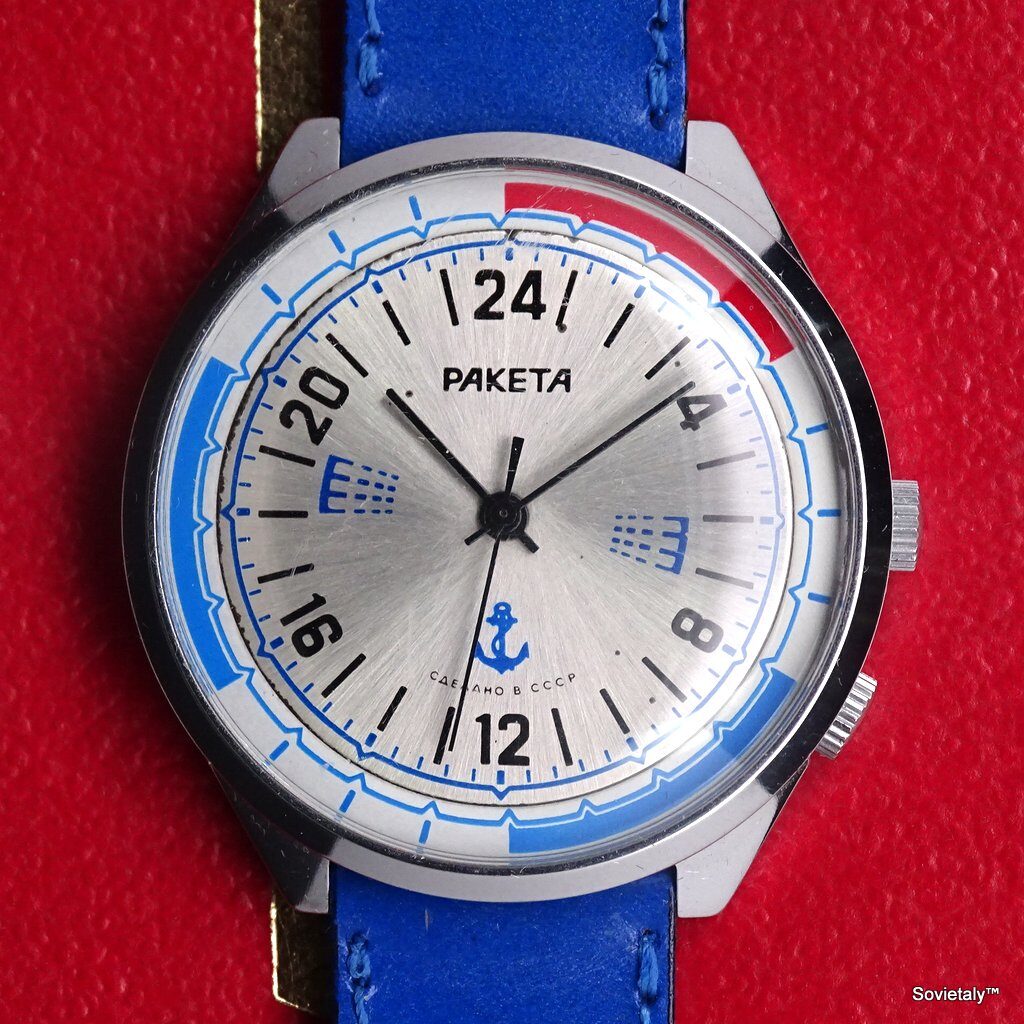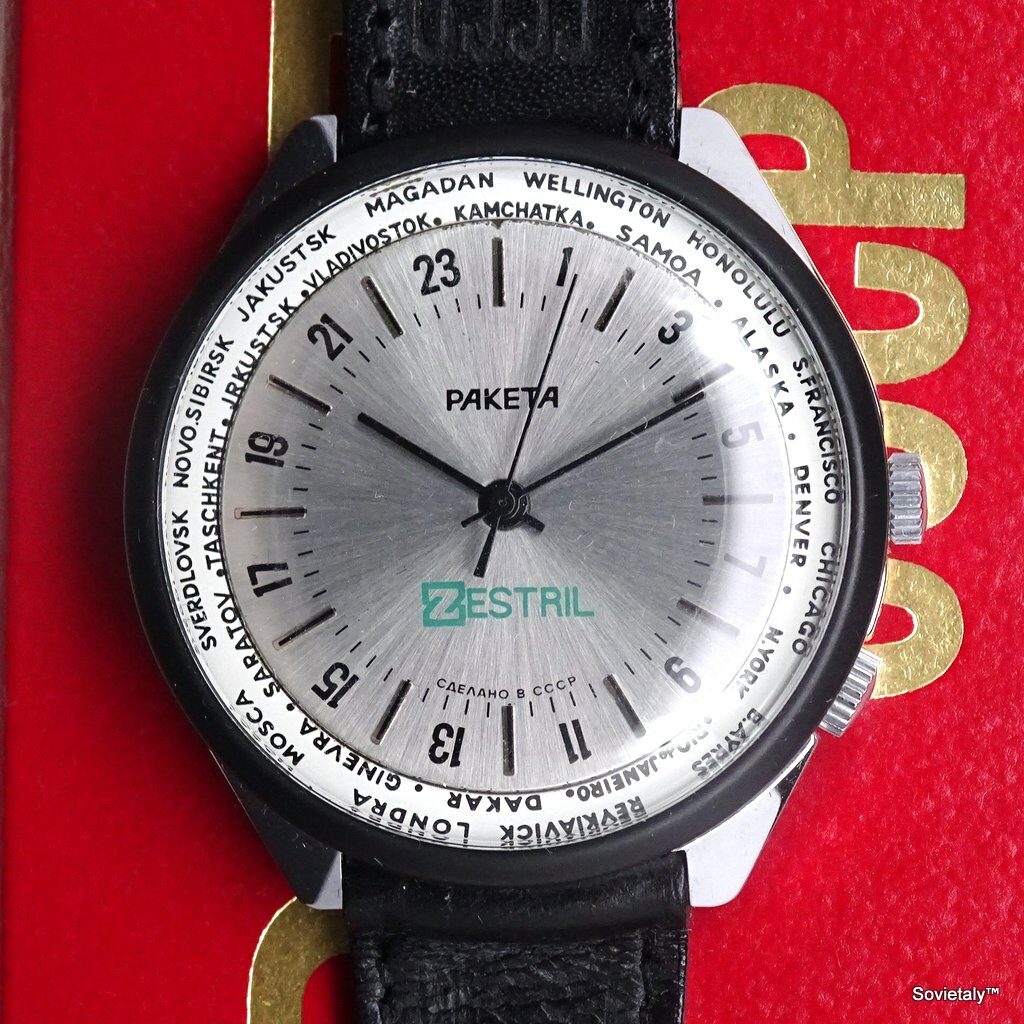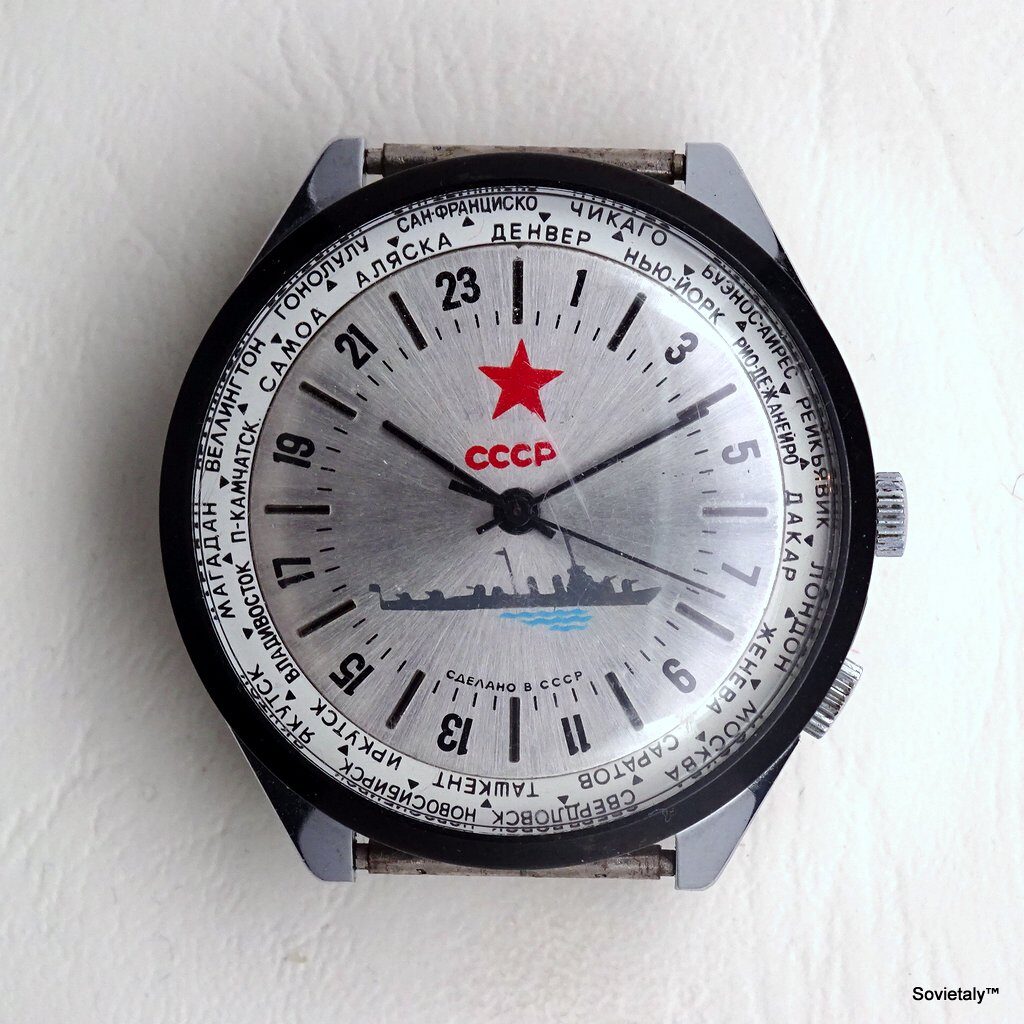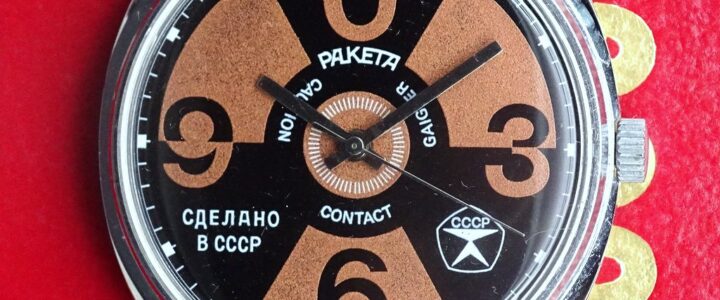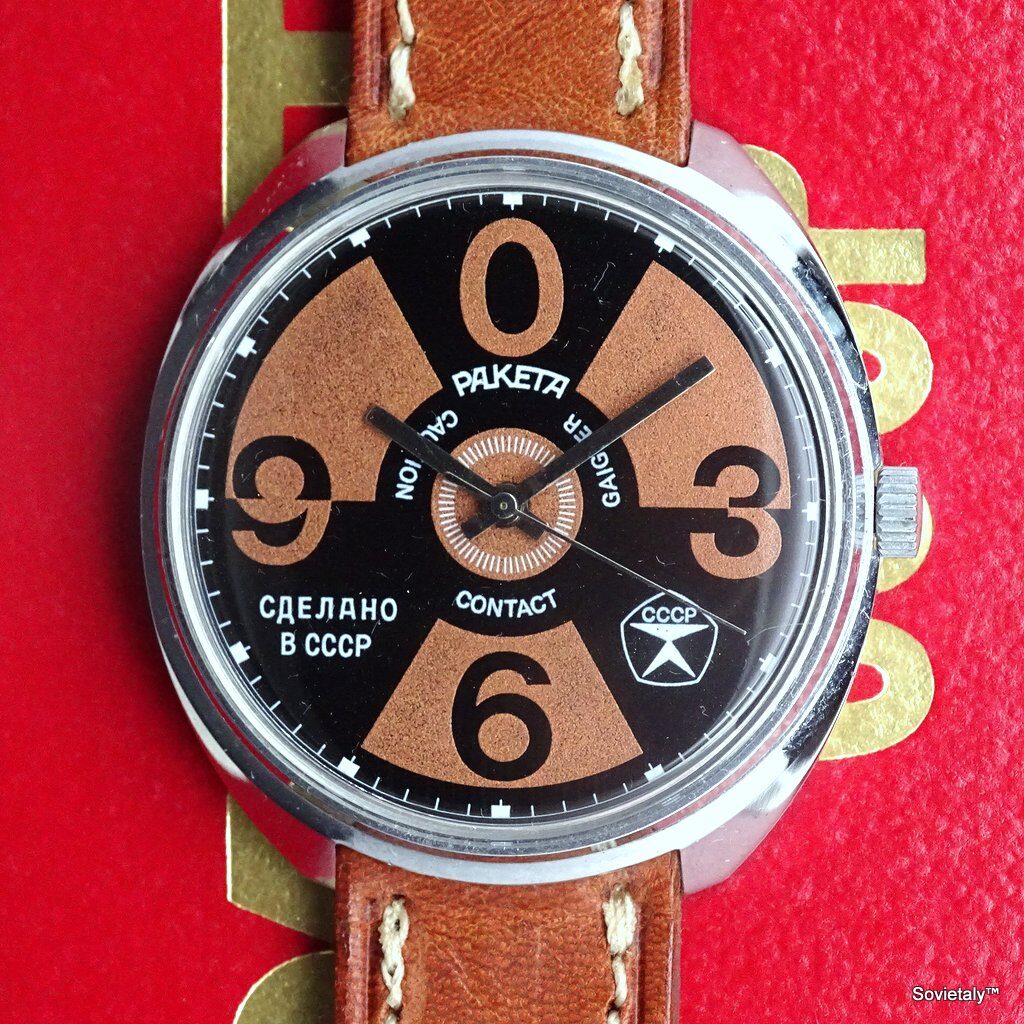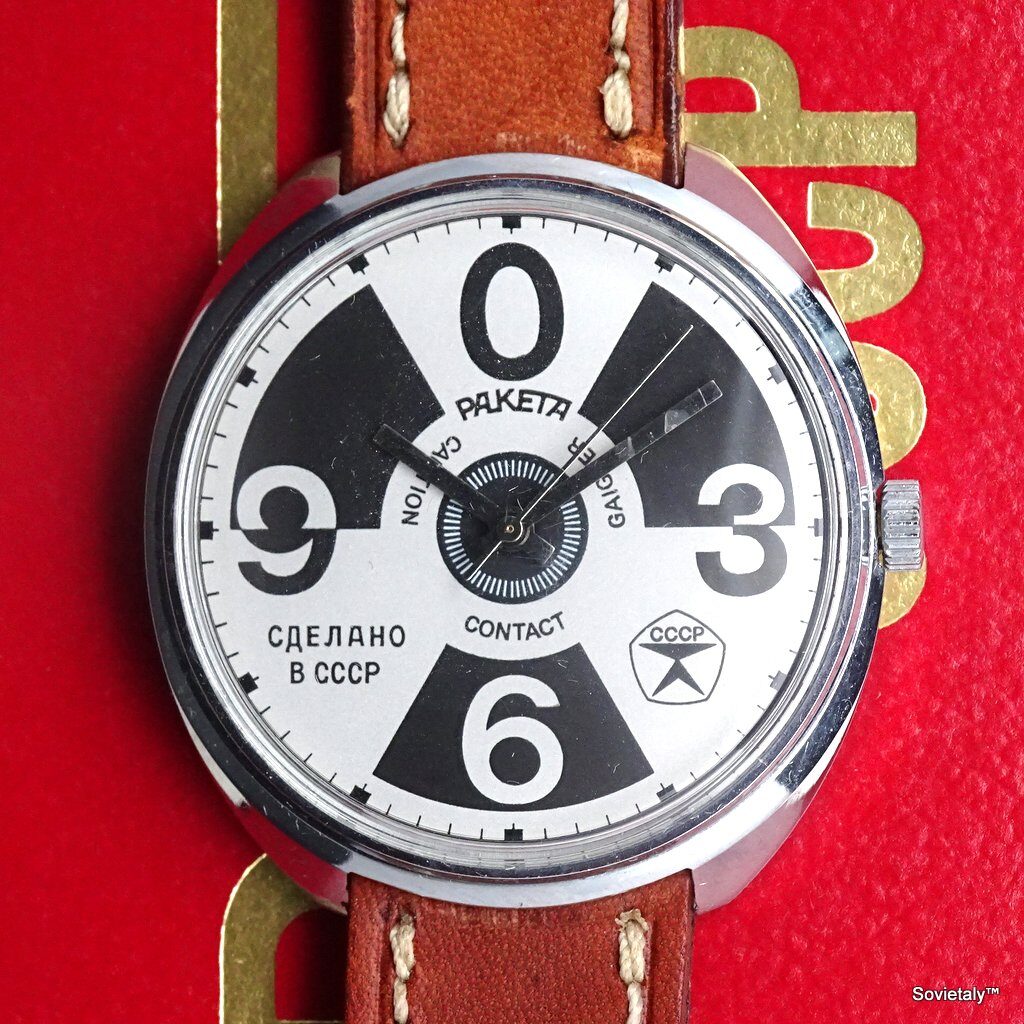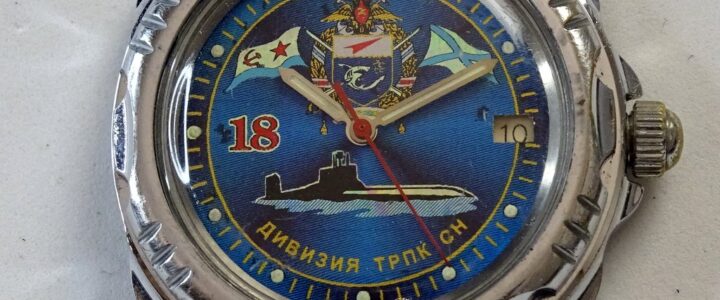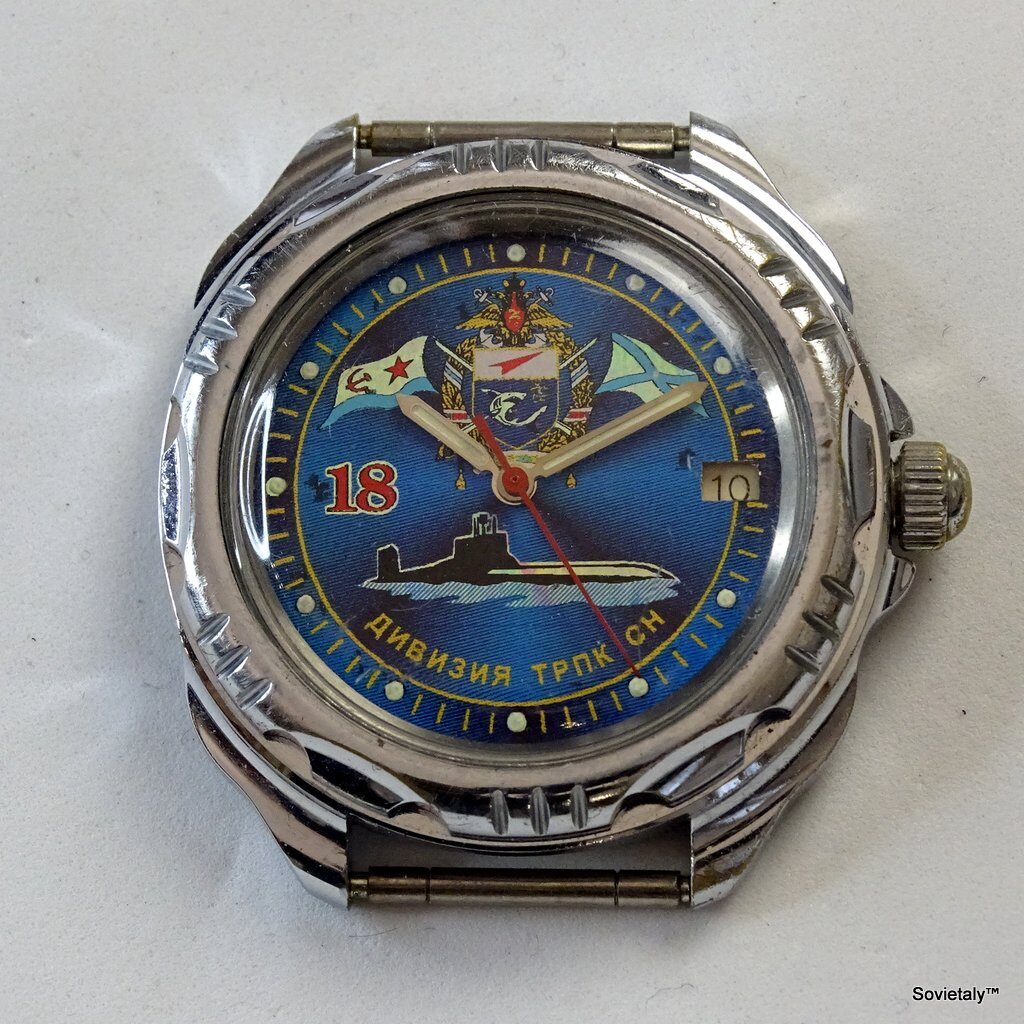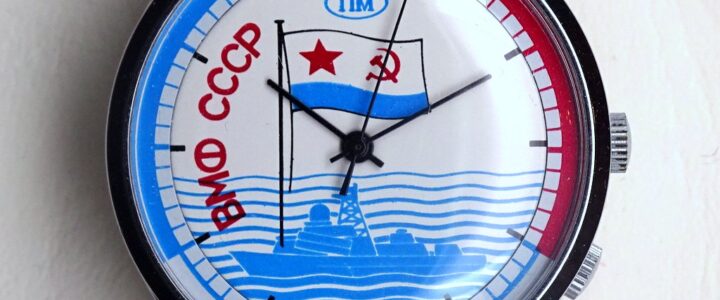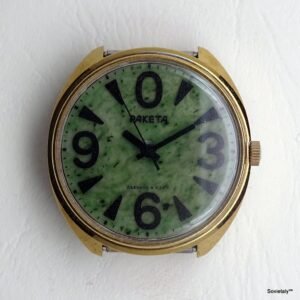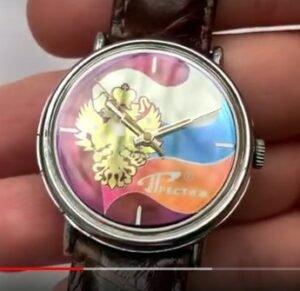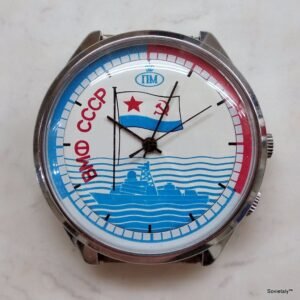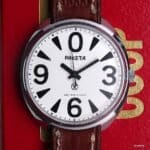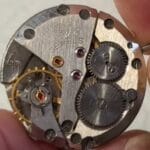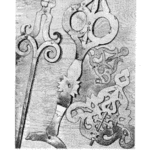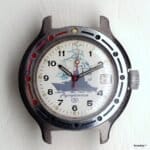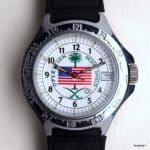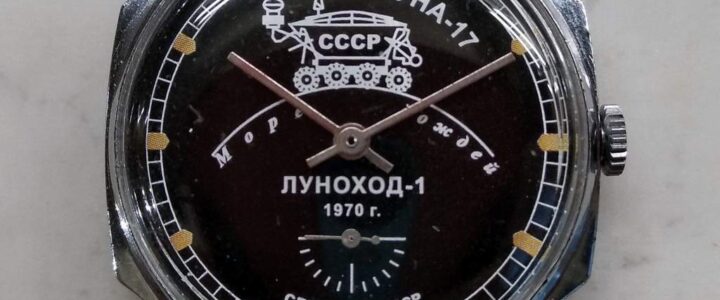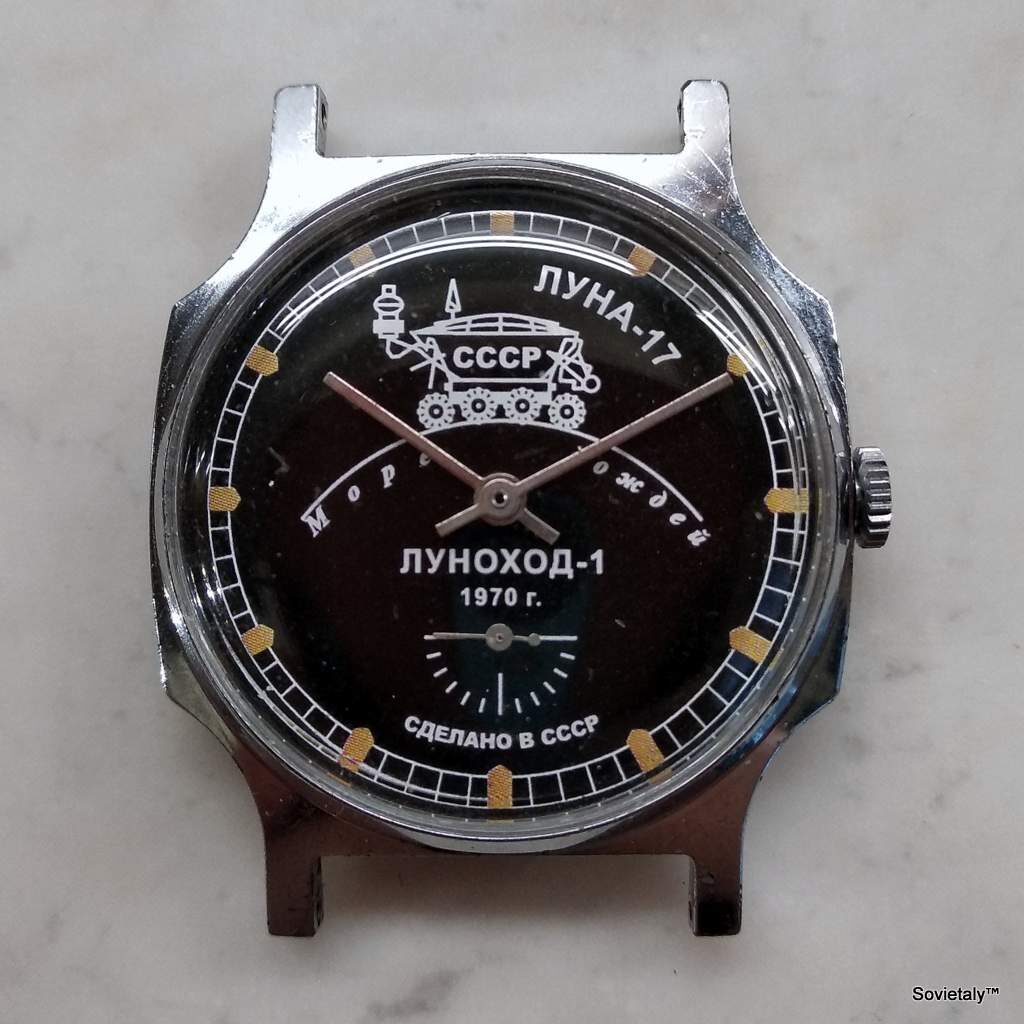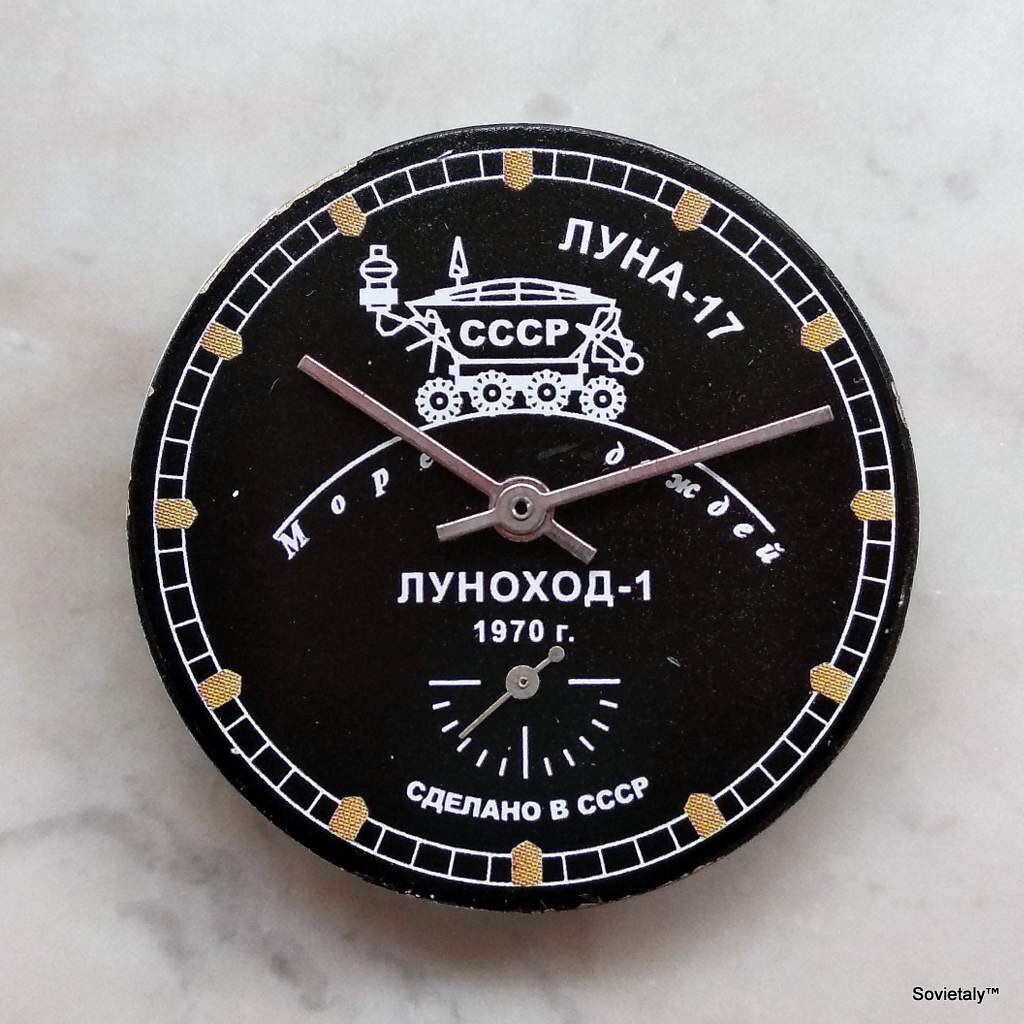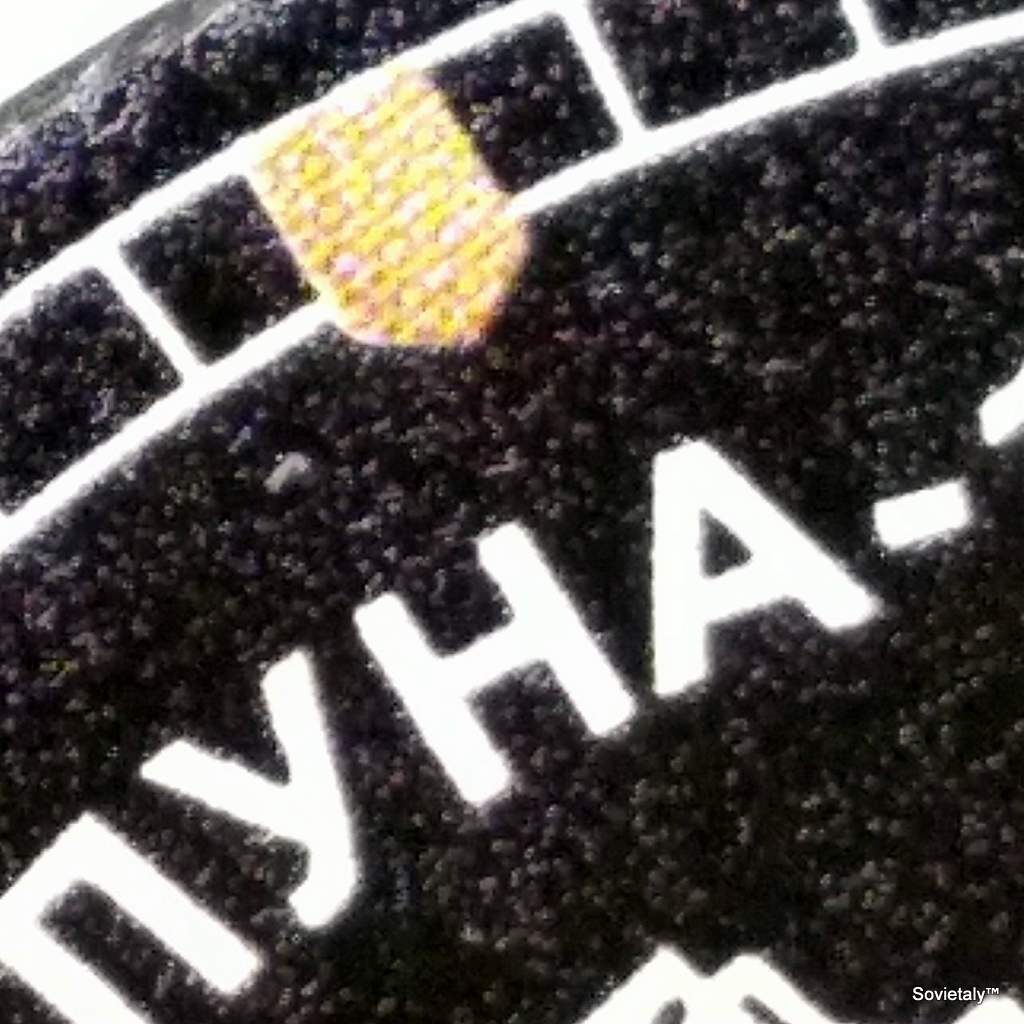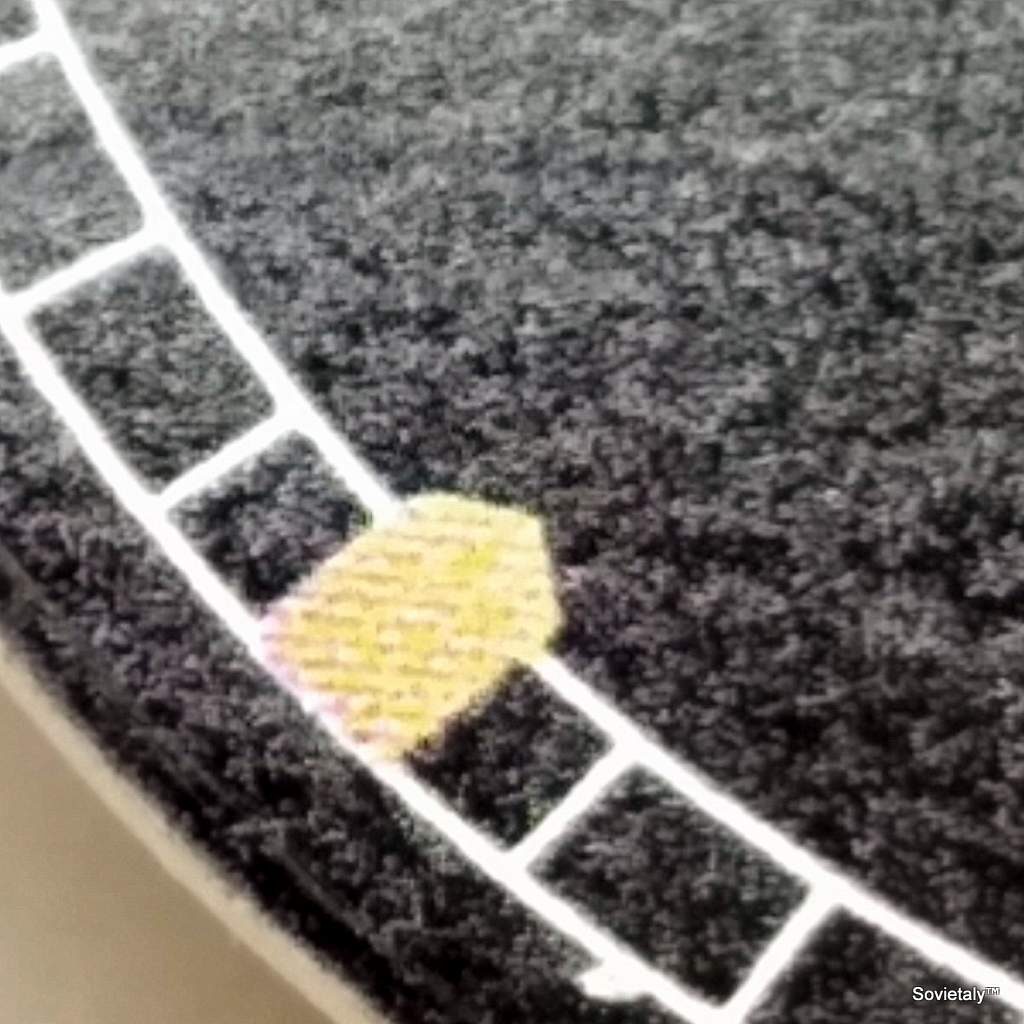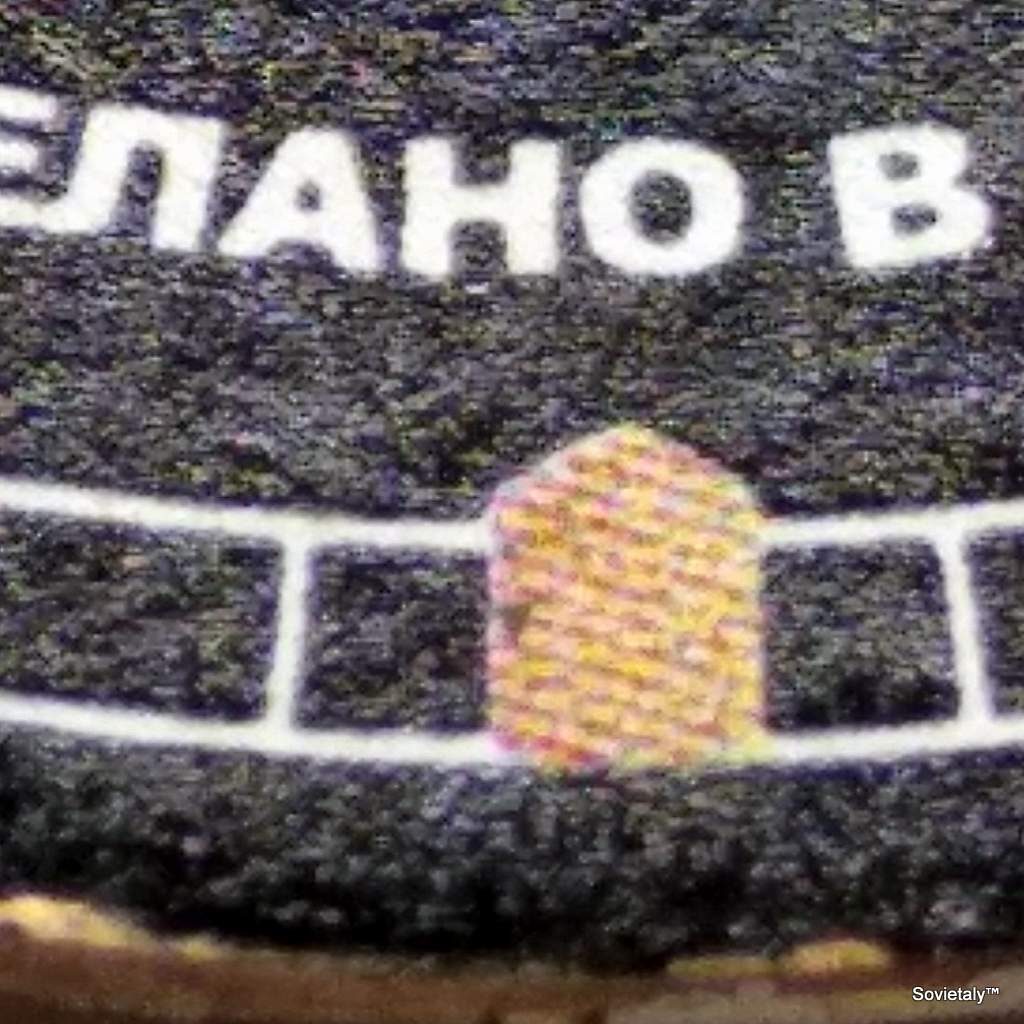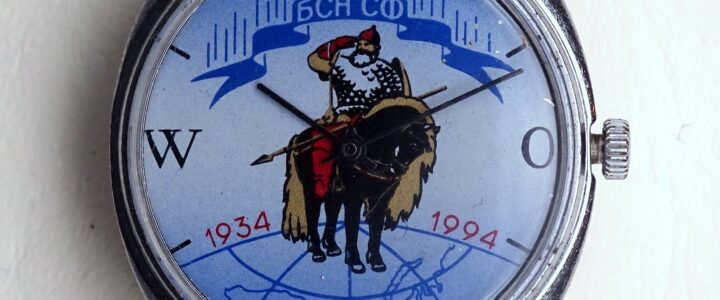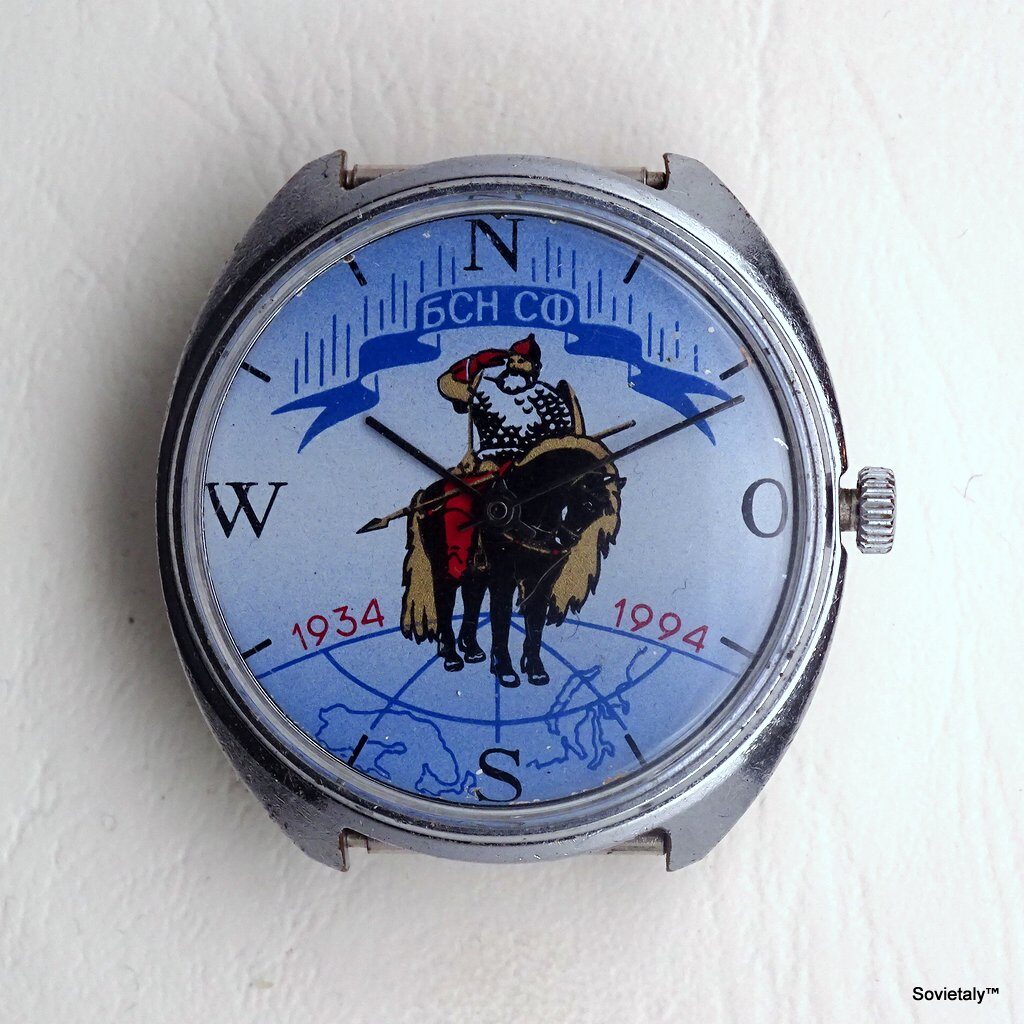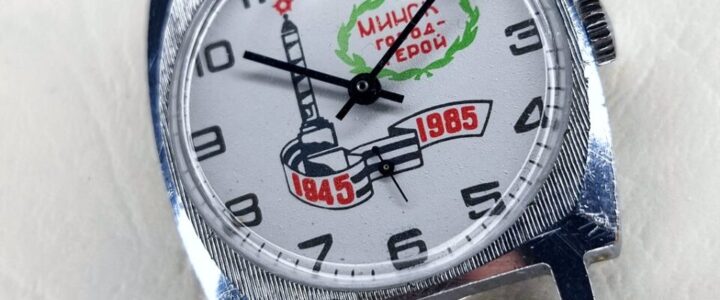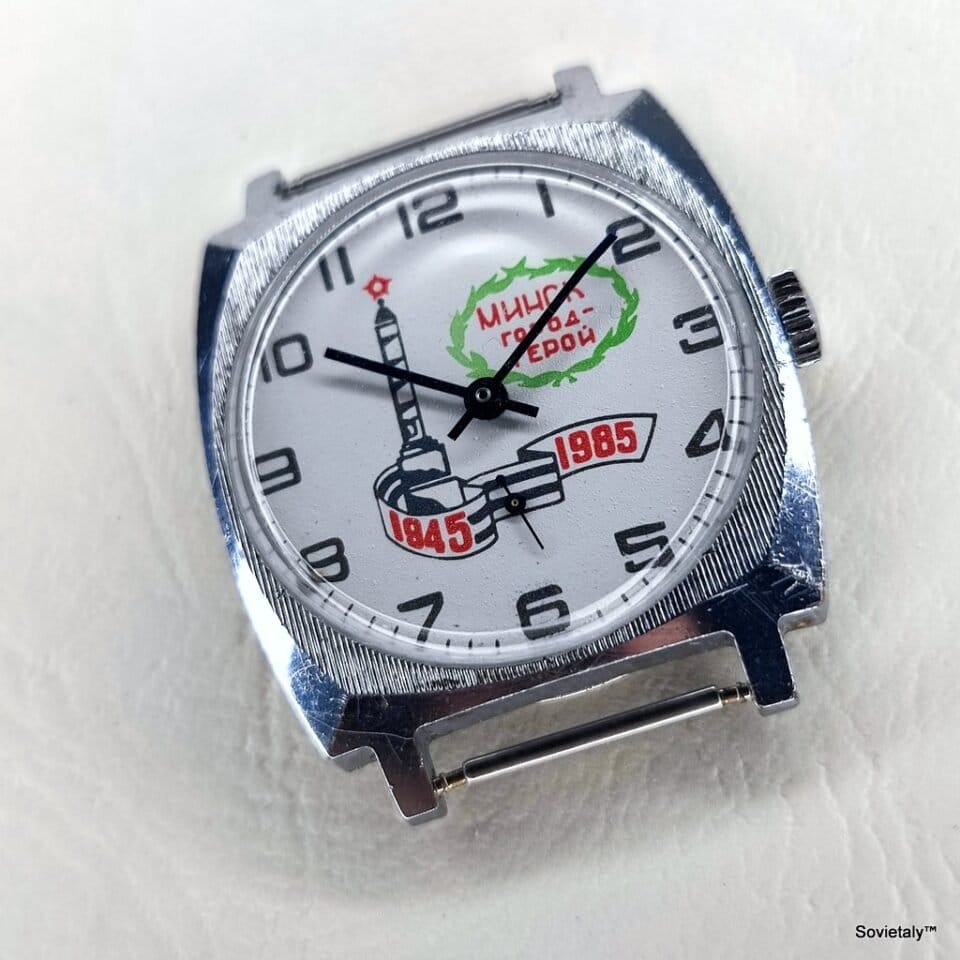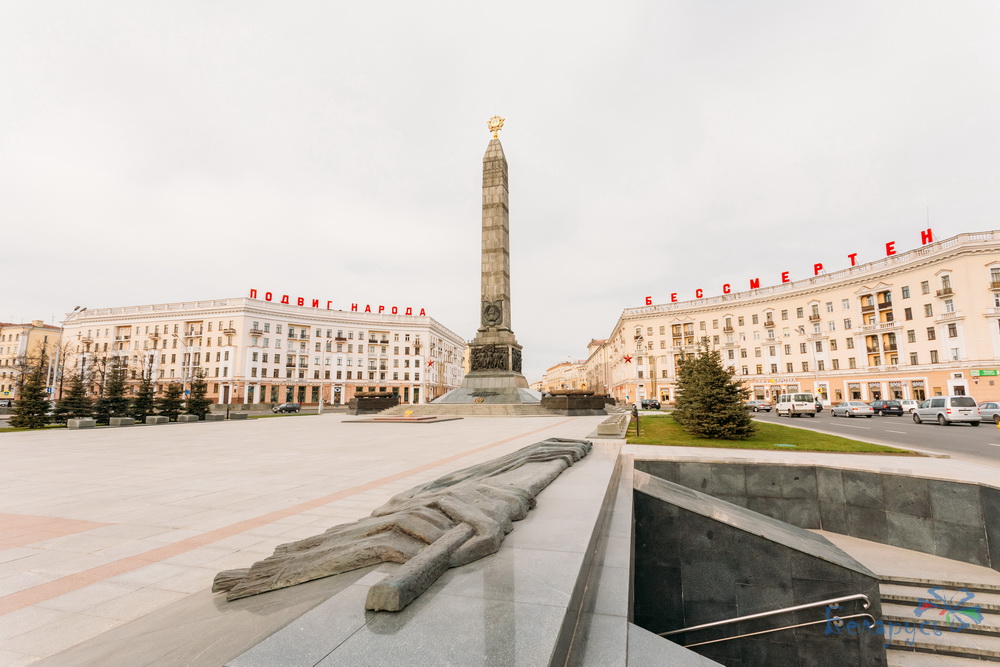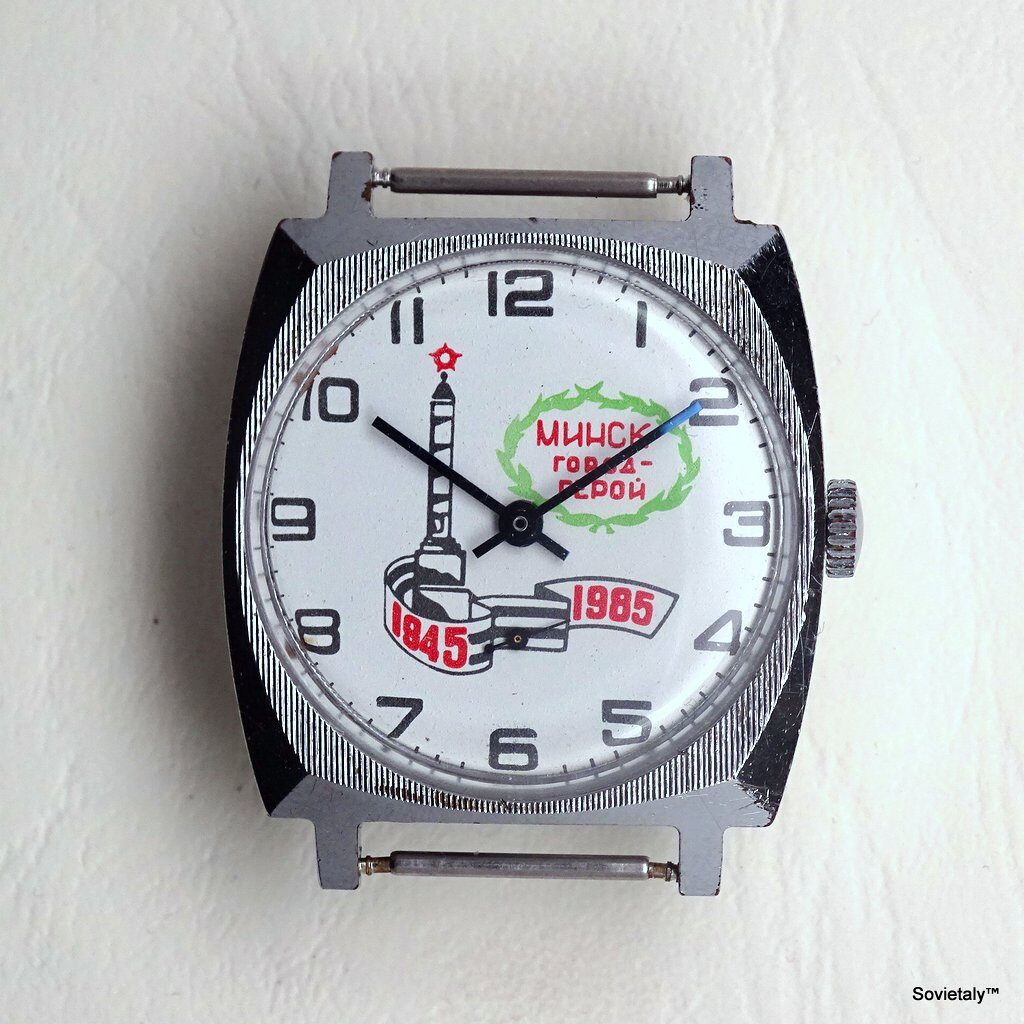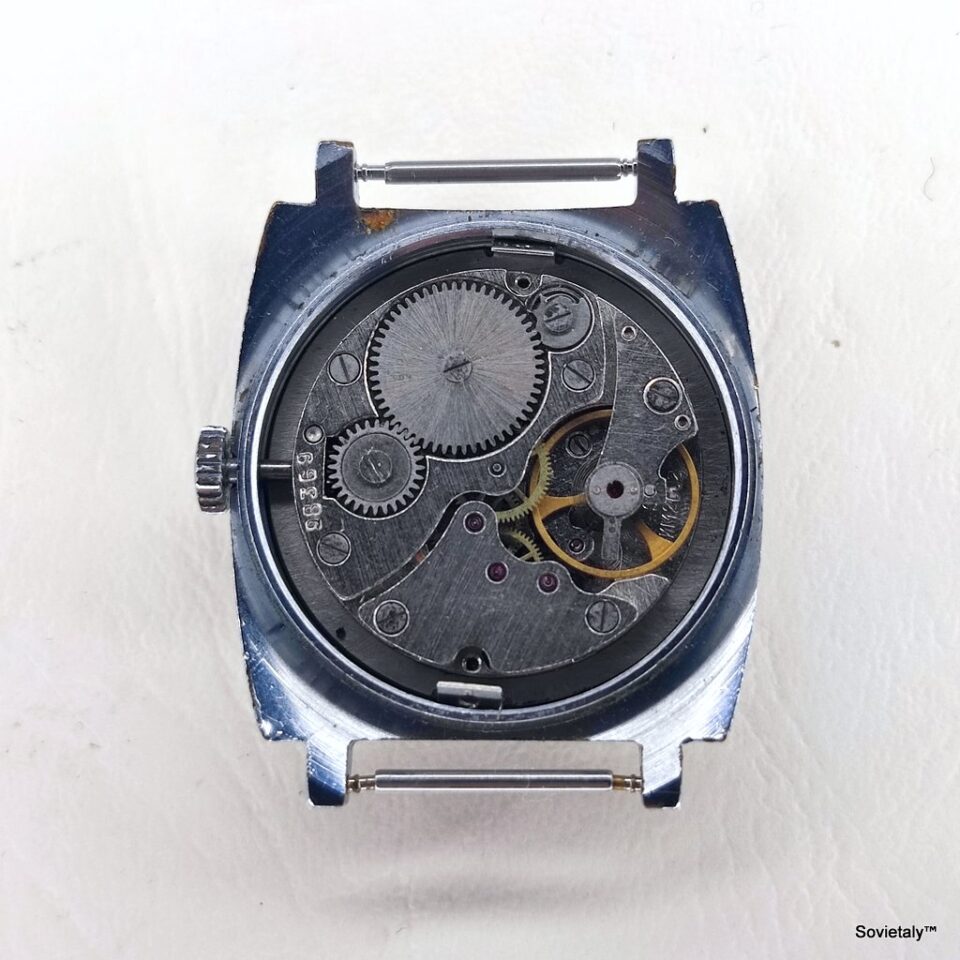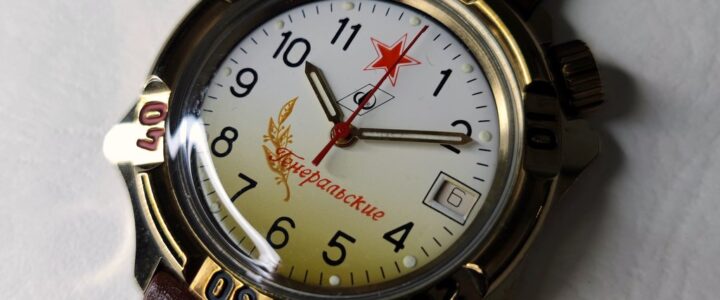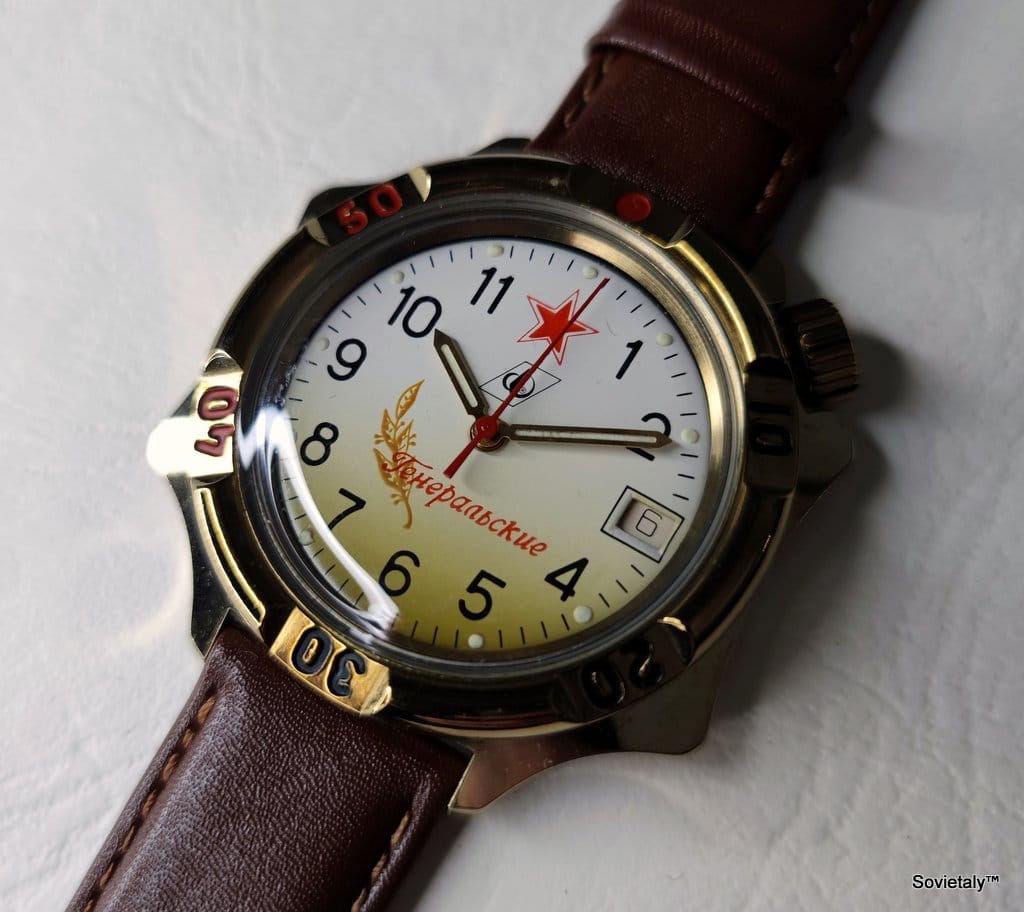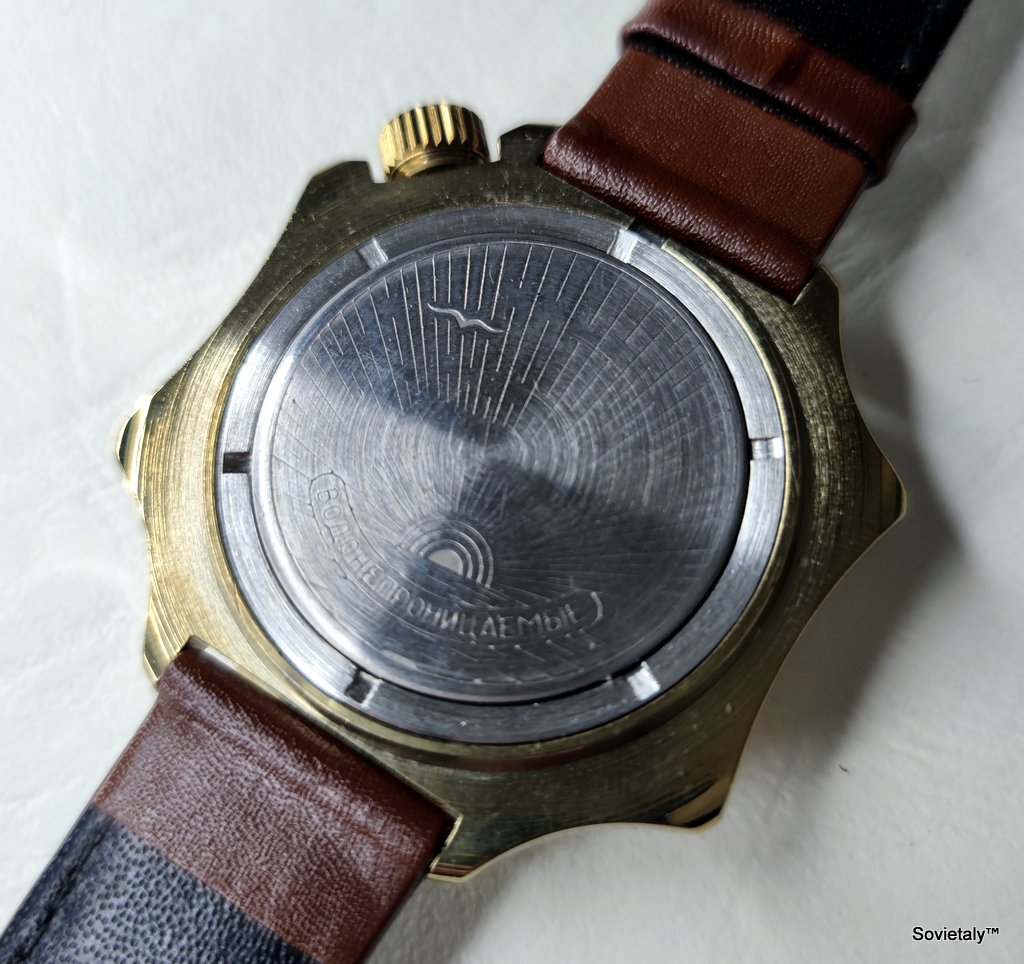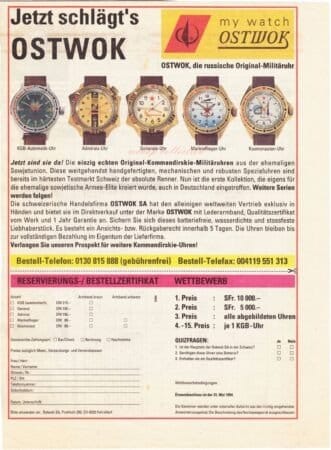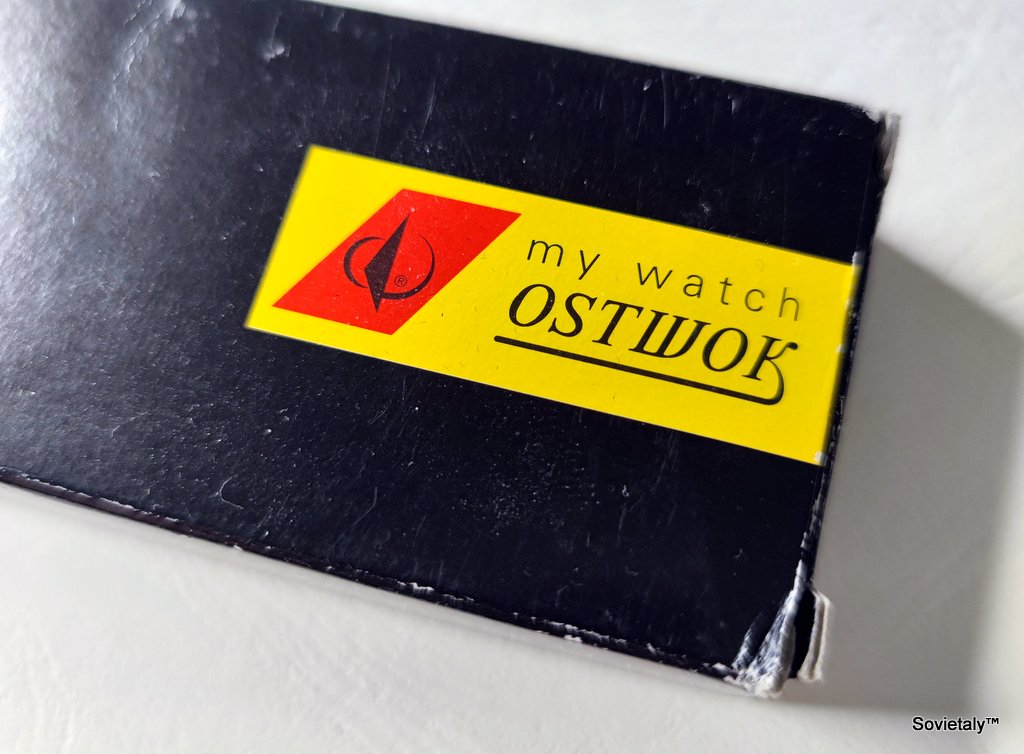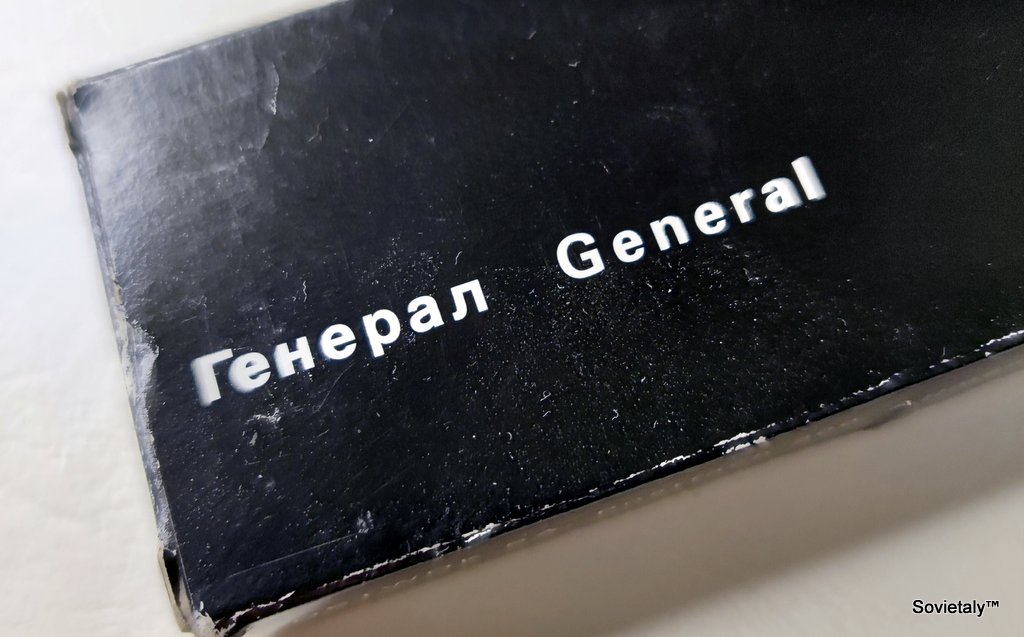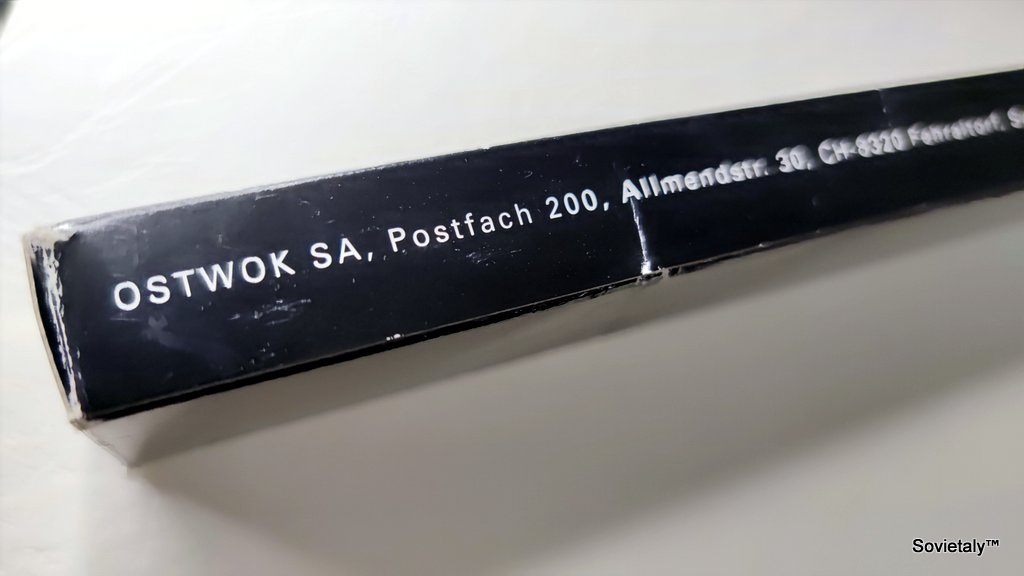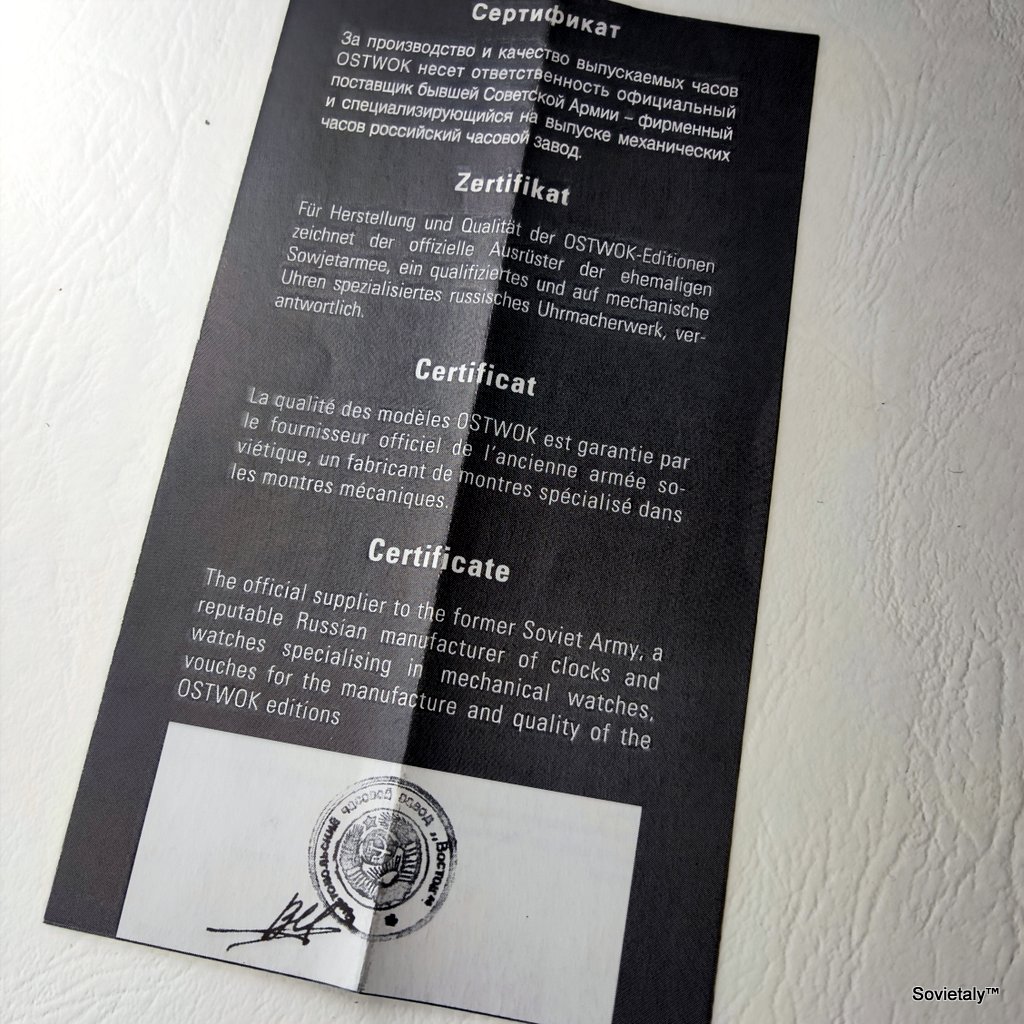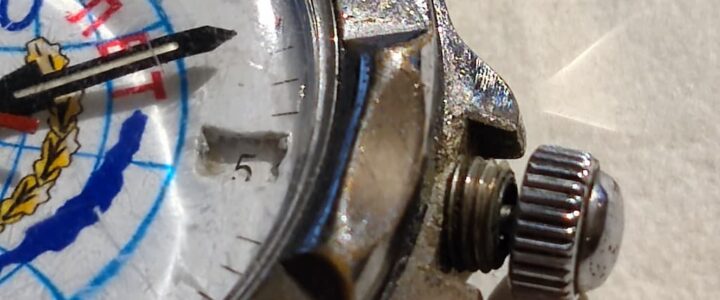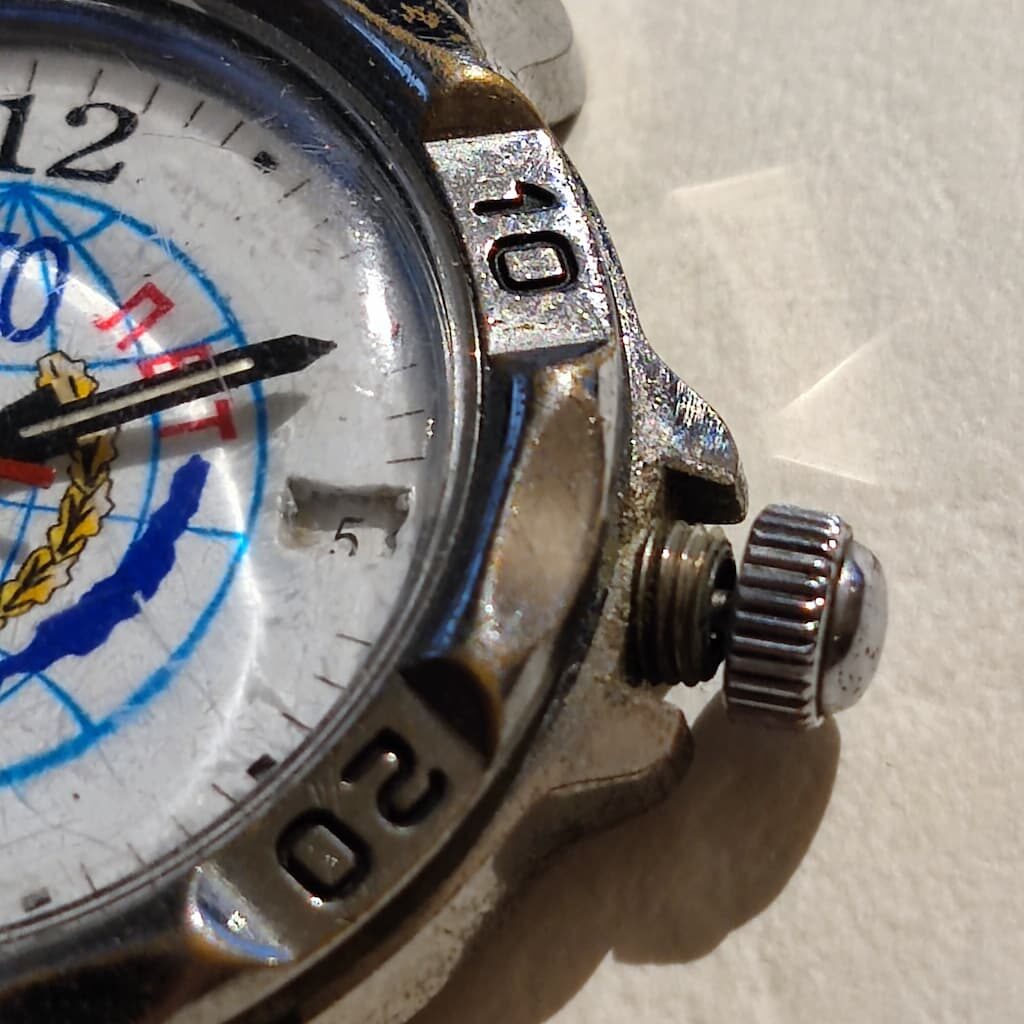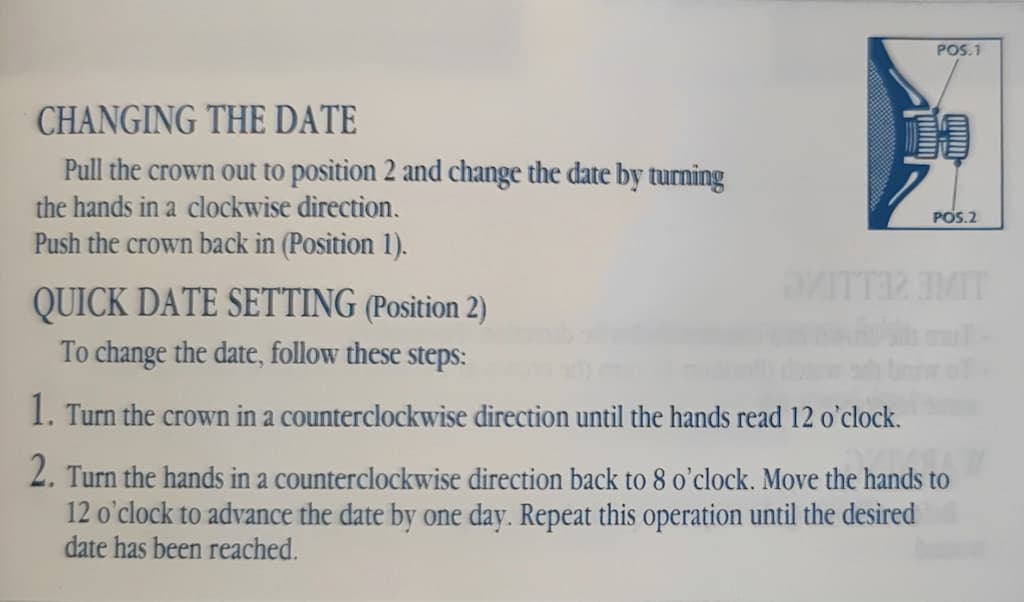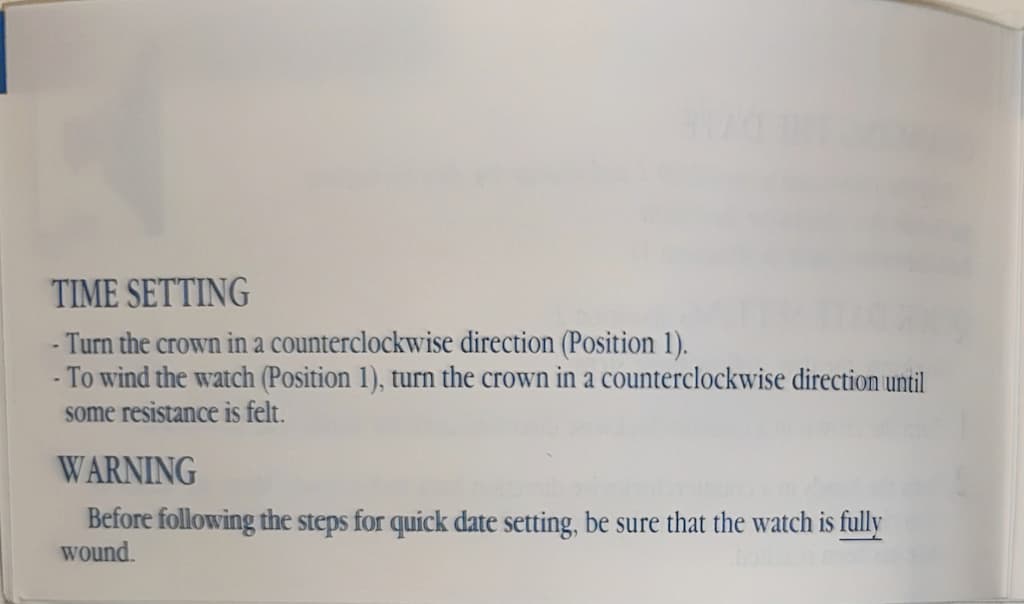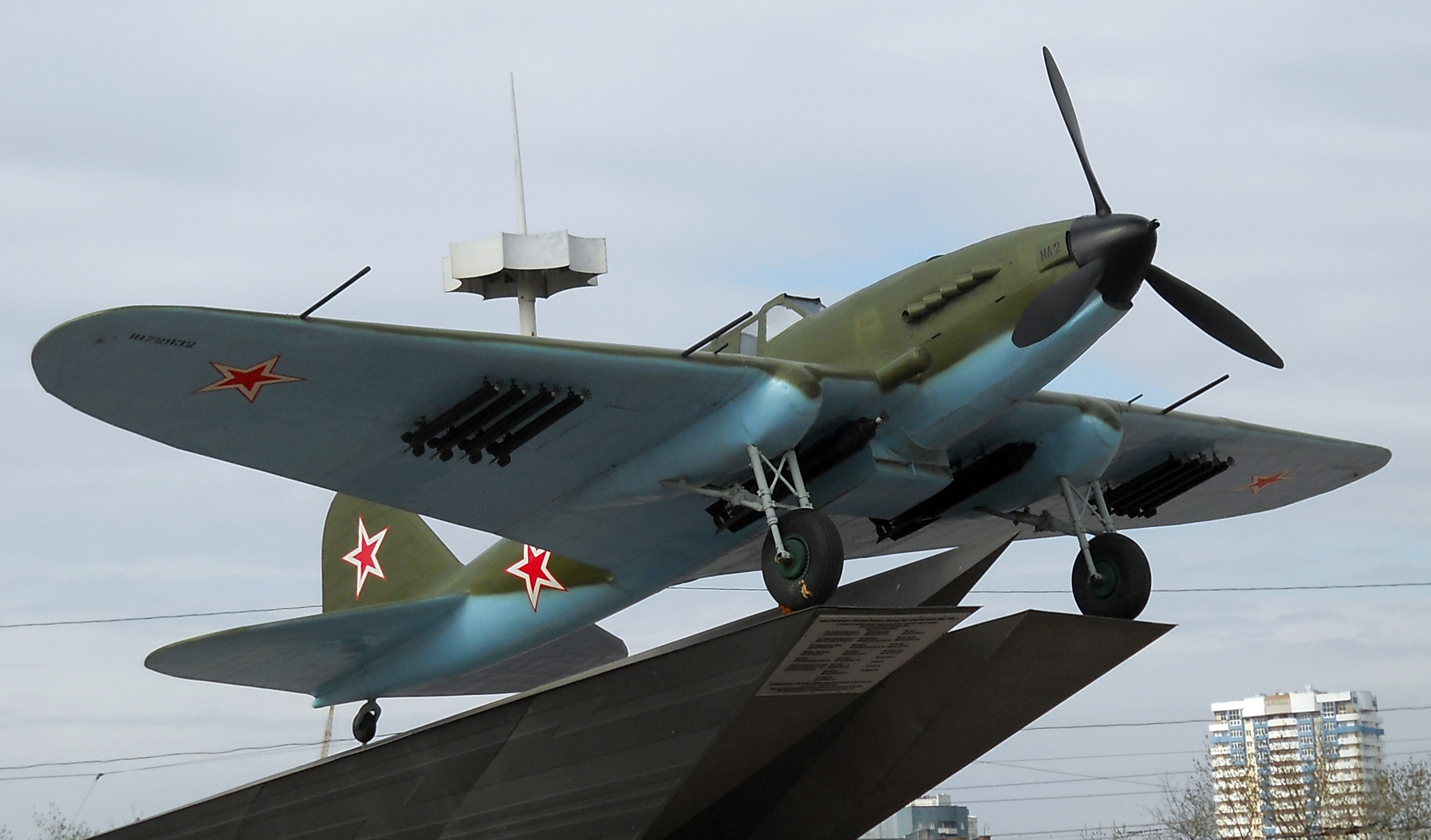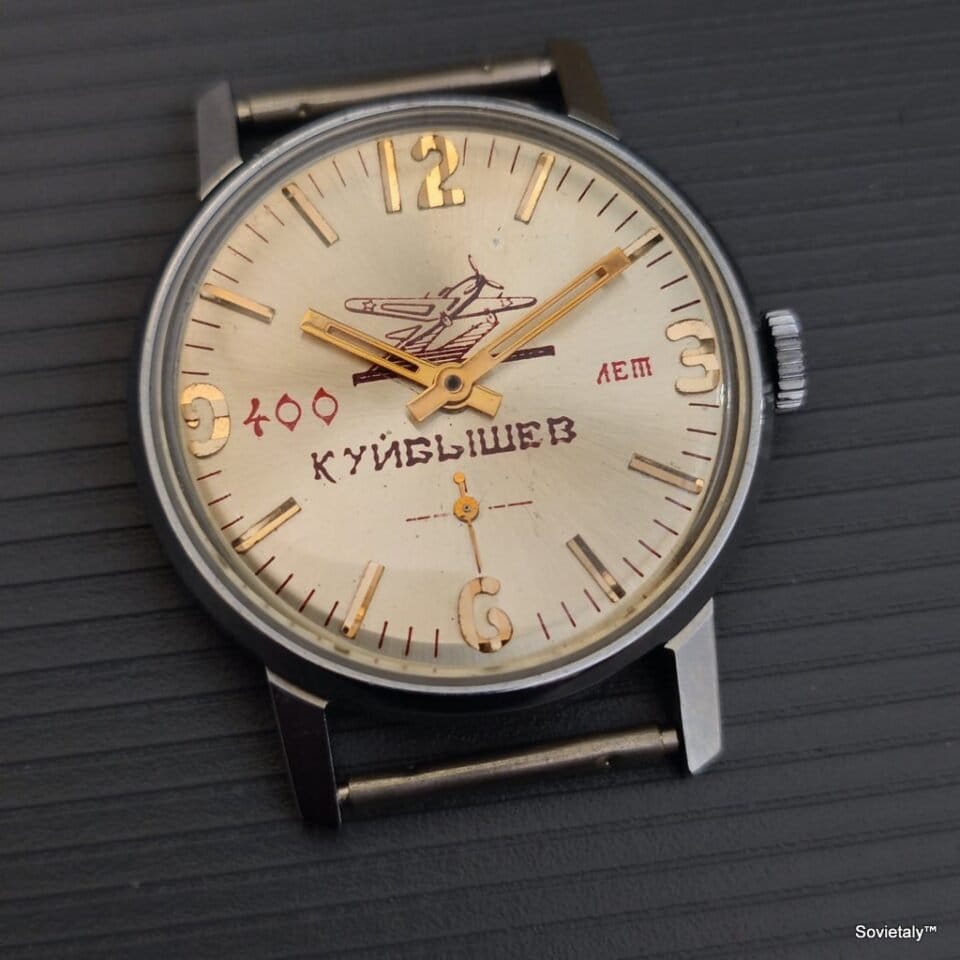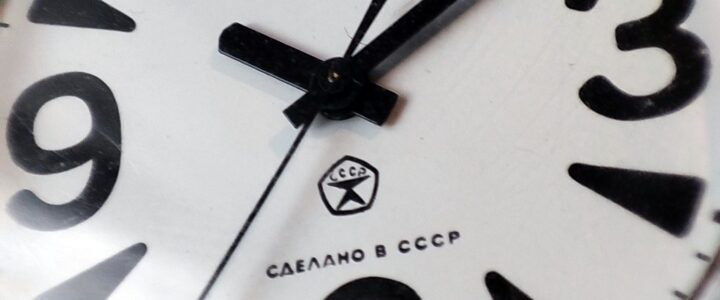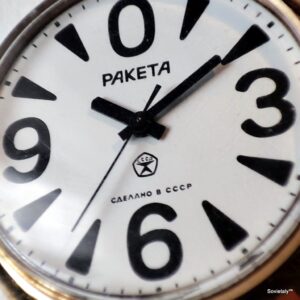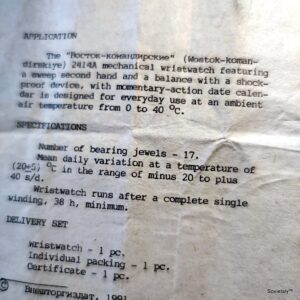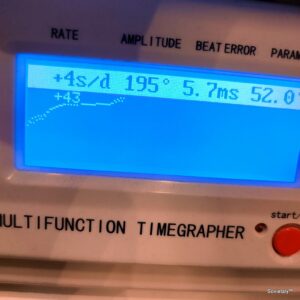The Raketa World Timer watch is seriously cool because it allows you to time travel without leaving your couch. With this city bezel, you can see what time it is around the world with just one glance. In this article, we’ll take a look at the cities that stand out on the Raketa watch and find out their current names, time zones, and some cool tourist tidbits.
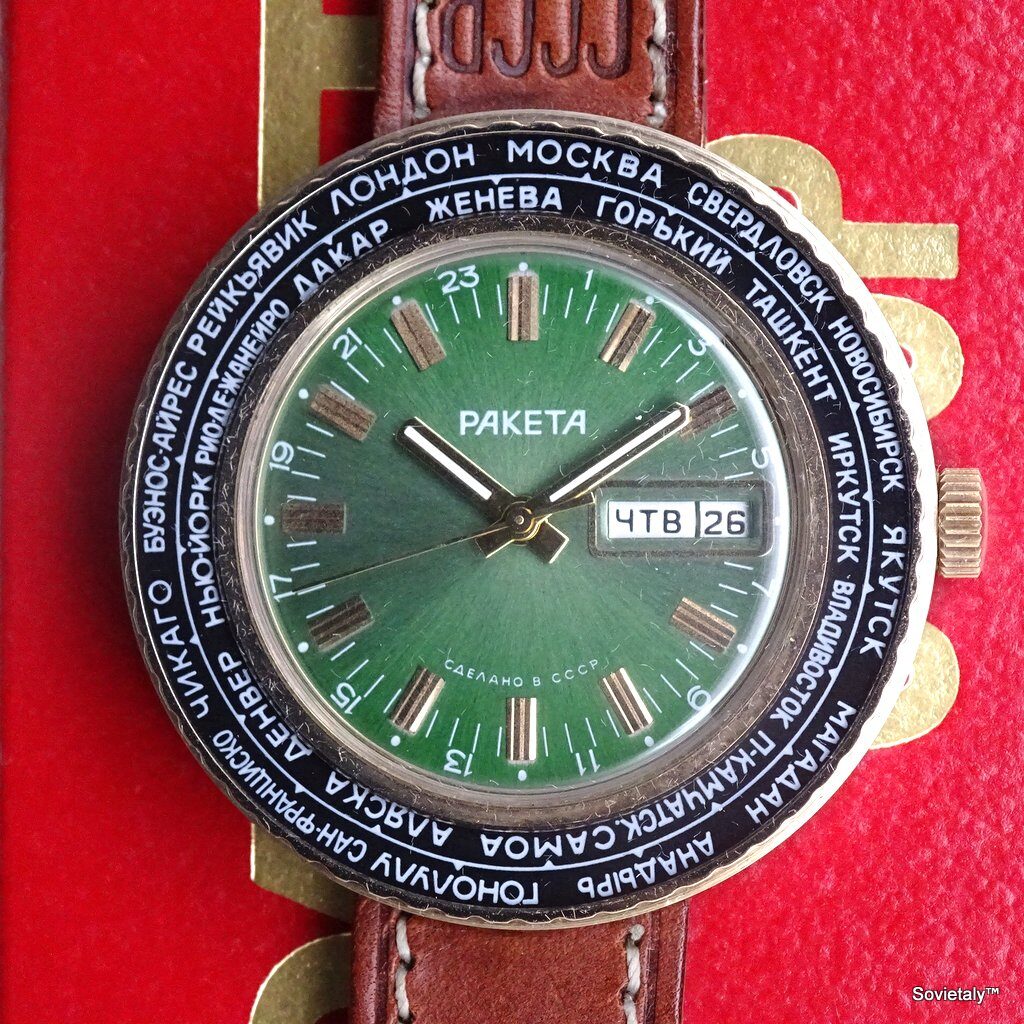
London (Лондон)
Country: United Kingdom
Time Zone: GMT (Greenwich Mean Time) +0
London is a brilliant city in the United Kingdom. There’s Big Ben, the Queen, and loads of history.
Geneva (Женева)
Country: Switzerland
Time Zone: CET (Central European Time) +1
Geneva is where all the banks and diplomacy stuff happens. Oh, and there’s a stunning lake too.
Moscow (Москва)
Country: Russia
Time Zone: MSK (Moscow Standard Time) +3
Moscow is the Russian capital with Red Square and the Kremlin. So much history!
Gorky (Горький)
Country: Russia
Time Zone: MSK (Moscow Standard Time) +3
Gorky, now called Nizhny Novgorod, is famous for its ancient architecture and great views.
Sverdlovsk (Свердловск)
Country: Russia
Time Zone: MSK (Moscow Standard Time) +3
Sverdlovsk, now Ekaterinburg, is another Russian city known for its history and old stuff.
Tashkent (Ташкент)
Country: Uzbekistan
Time Zone: UZT (Uzbekistan Time) +5
Tashkent is the capital of Uzbekistan, with delicious food and interesting history.
Novosibirsk (Новосибирск)
Country: Russia
Time Zone: KRAT (Krasnoyarsk Time) +7
Novosibirsk is the biggest city in Siberia and it’s famous for its entertainment and culture.
Irkutsk (Иркутск)
Country: Russia
Time Zone: IRKT (Irkutsk Time) +8
Irkutsk is near Lake Baikal and it’s perfect for nature lovers.
Yakutsk (Якутск)
Country: Russia
Time Zone: YAKT (Yakutsk Time) +9
Yakutsk is one of the coldest cities in the world, so be ready for some serious cold!
Vladivostok (Владивосток)
Country: Russia
Time Zone: VLAT (Vladivostok Time) +10
Vladivostok is a seaport city in the Russian Far East, with a super important location.
Magadan (Магадан)
Country: Russia
Time Zone: MAGT (Magadan Time) +11
Magadan is famous for its history connected to forced labor camps.
Petropavlovsk-Kamchatskiy (Петропавловск-Камчатский)
Country: Russia
Time Zone: PETT (Kamchatka Time) +12
Petropavlovsk-Kamchatskiy is located on a peninsula with volcanoes – super cool!
Anadyr (Анадырь)
Country: Russia
Time Zone: ANAT (Anadyr Time) +12
Anadyr is in the Chukotka region, really far away.
Samoa (Apia)
Country: Samoa
Time Zone: WST (West Samoa Time) +13
Samoa is a tropical paradise with fantastic beaches and Polynesian culture.
Honolulu (Гонолулу)
Country: United States (Hawaii)
Time Zone: HST (Hawaii Standard Time) -10
Honolulu is the capital of Hawaii, with wonderful beaches and a laid-back atmosphere.
Alaska (Аляска)
Country: United States (Alaska)
Time Zone: AKST (Alaska Standard Time) -9
Alaska is amazing with its breathtaking nature and outdoor adventures.
San Francisco (Сан-Франциско)
Country: United States (California)
Time Zone: PST (Pacific Standard Time) -8
San Francisco has the Golden Gate Bridge, Alcatraz, and delicious food.
Denver (Денвер)
Country: United States (Colorado)
Time Zone: MST (Mountain Standard Time) -7
Denver is growing big time and it’s surrounded by the Rocky Mountains. Awesome!
Chicago (Чикаго)
Country: United States (Illinois)
Time Zone: CST (Central Standard Time) -6
Chicago is famous for its architecture, blues music, and incredible food.
New York (Нью-Йорк)
Country: United States (New York)
Time Zone: EST (Eastern Standard Time) -5
New York is the city that never sleeps, with skyscrapers, world-class museums, and wild nightlife.
Buenos Aires (Буэнос-Айрес)
Country: Argentina
Time Zone: ART (Argentina Time) -3
Buenos Aires is the capital of Argentina, famous for tango and great food.
Rio de Janeiro (Рио-де-Жанейро)
Country: Brazil
Time Zone: BRT (Brasília Time) -3
Rio de Janeiro has stunning beaches, Carnival, and a laid-back atmosphere.
Reykjavik (Рейкьявик)
Country: Iceland
Time Zone: GMT (Greenwich Mean Time) +0
Reykjavik is the capital of Iceland, surrounded by incredible natural landscapes.
Dakar (Дакар)
Country: Senegal
Time Zone: GMT (Greenwich Mean Time) +0
Dakar is the capital of Senegal, with African culture and fantastic music.
With the Raketa World Timer watch, you can travel through these amazing cities without leaving your home. Whether you’re a watch enthusiast or an explorer at heart, this watch is perfect for you. Discover the world in style!
